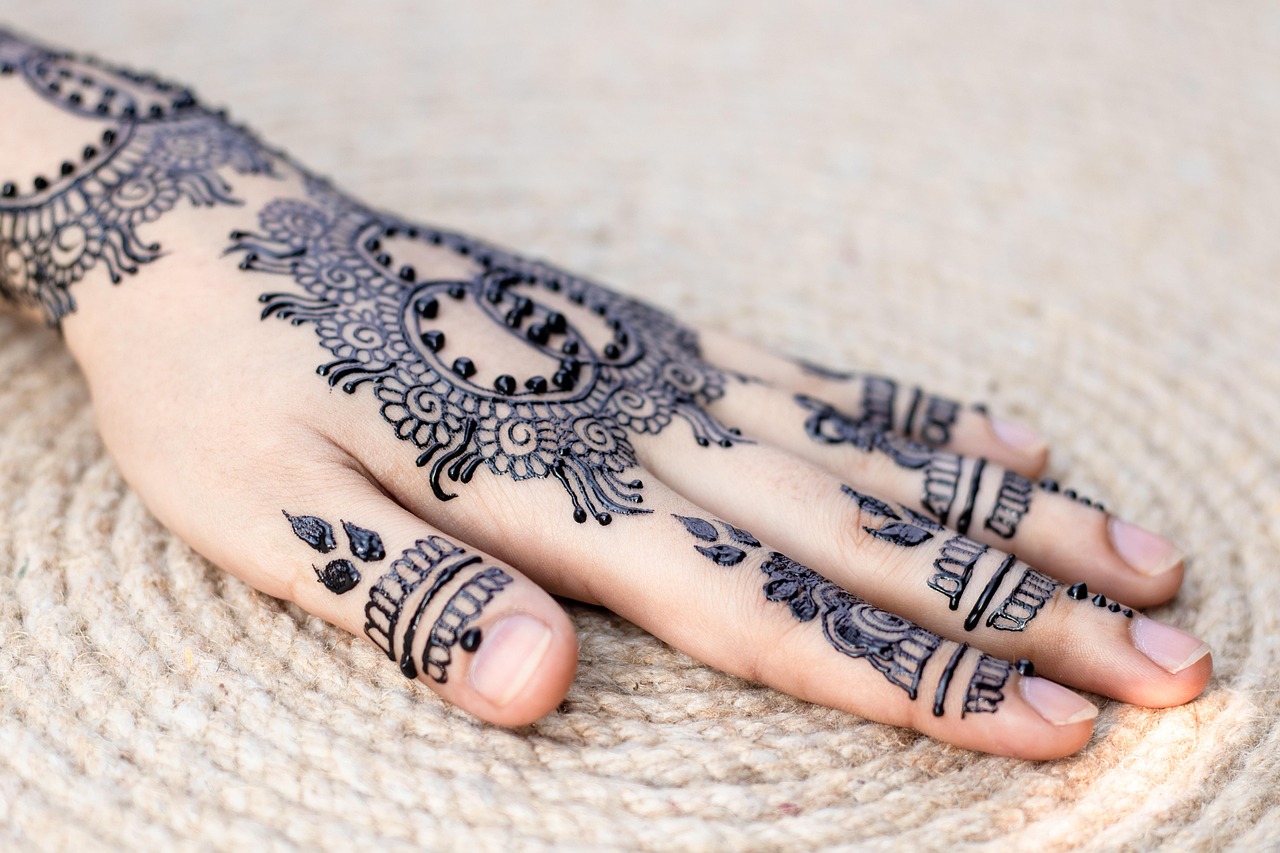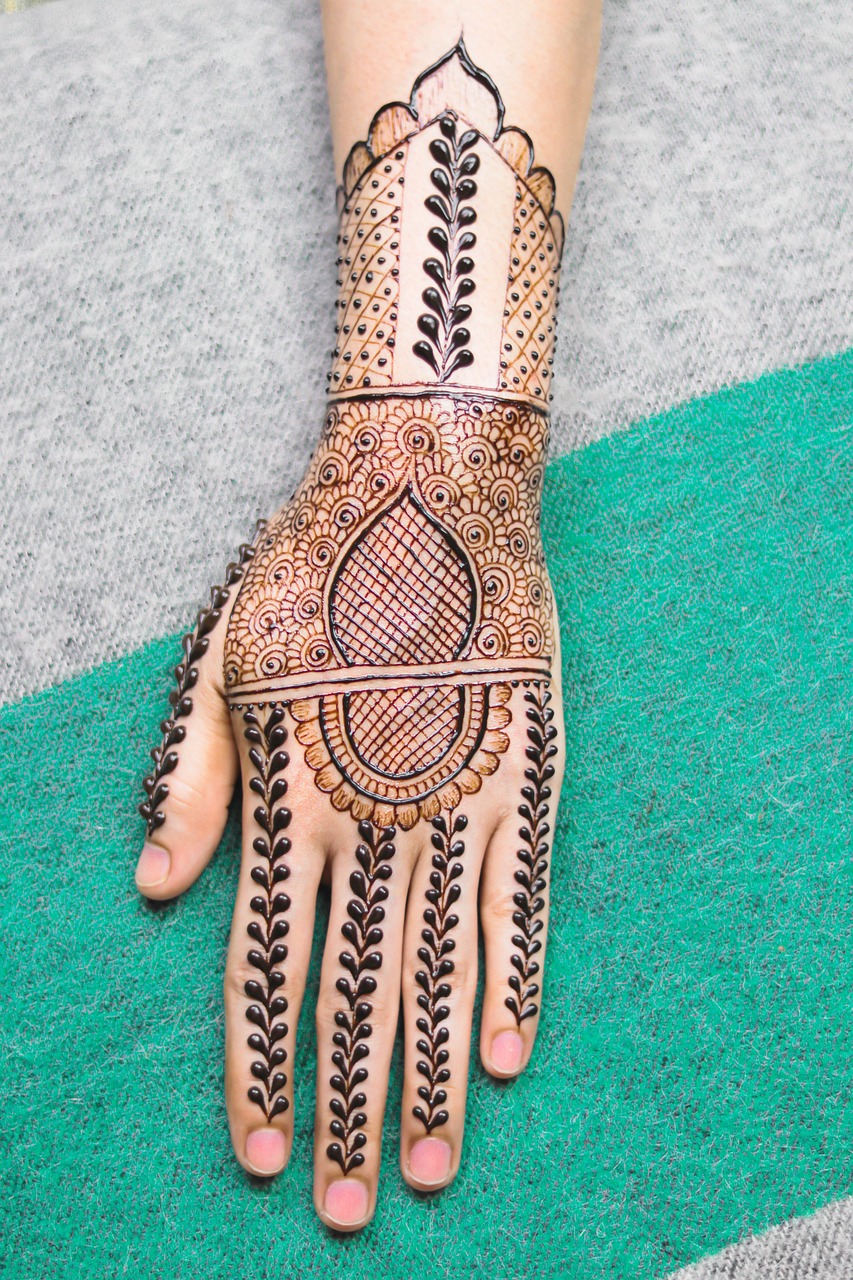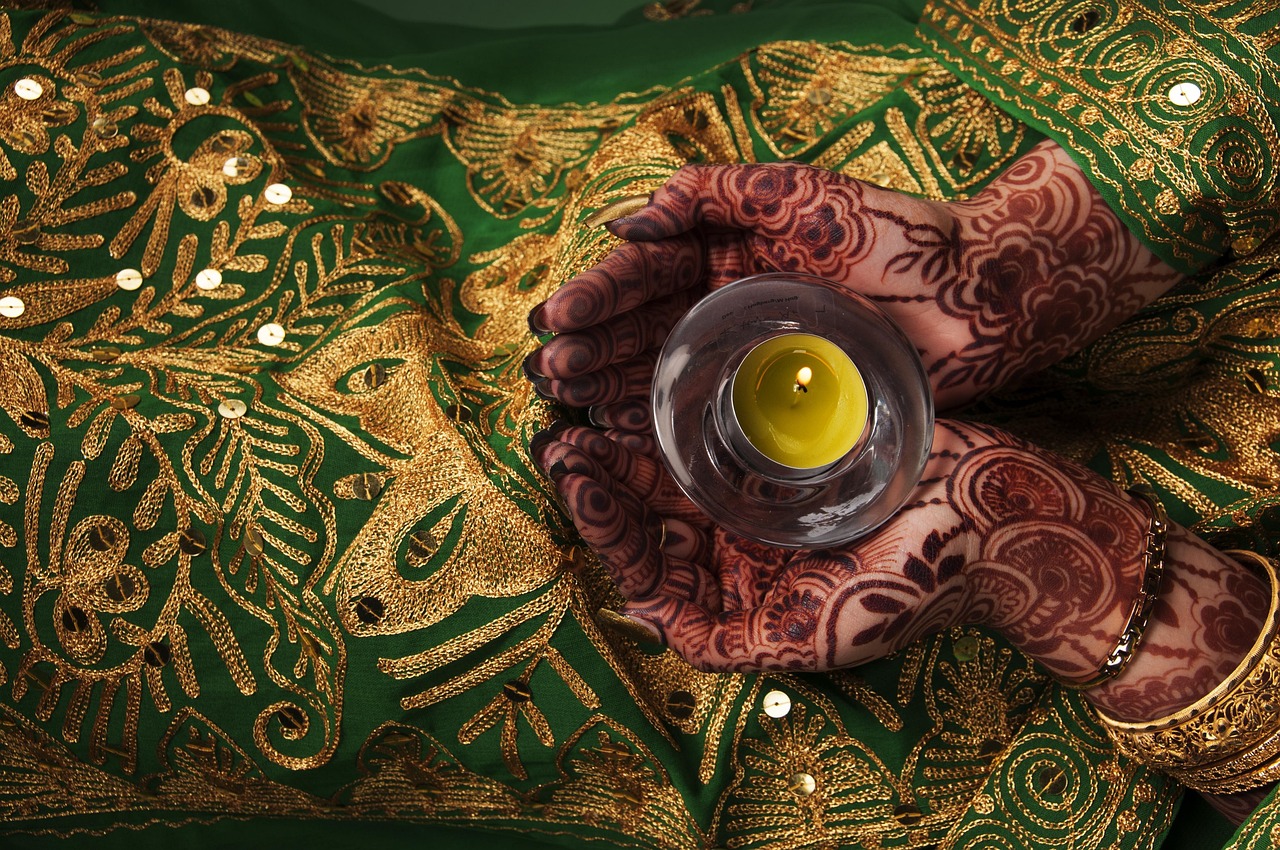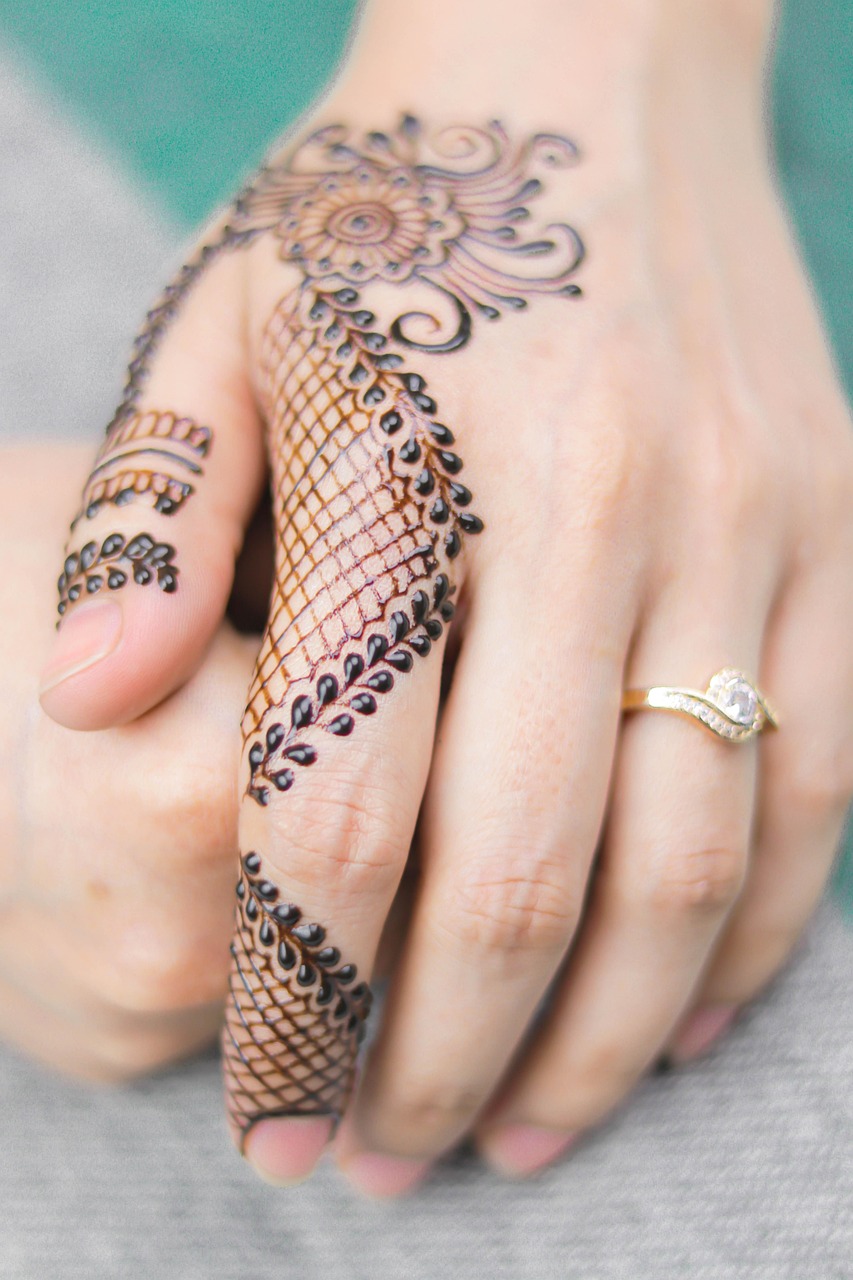Discover the Beauty of Desi Mehndi Design: A Timeless Art Form
Mehndi, also known as henna, is a cherished tradition in South Asian culture. Among the many styles, desi mehndi design stands out for its intricate detailing and cultural significance. From festive gatherings to weddings, this art form adds a touch of elegance, celebrating tradition and creativity.
In this blog post, weâll delve into the key aspects of desi mehndi design, shedding light on its stunning patterns, cultural importance, and tips for achieving the perfect mehndi look.
Understanding the Key Elements of Desi Mehndi Design
Desi mehndi design is all about elaborateness and precision. These designs often feature floral motifs, paisleys, peacocks, and intricate geometric patterns, symbolizing prosperity and joy. The application process is not just an artistic endeavor but also a cultural ritual.
What Makes Desi Mehndi Designs Unique?
People often wonder what sets desi mehndi apart from other styles like Arabic or Moroccan. The key lies in its density and detail. Desi designs cover the hands and feet entirely, leaving minimal open spaces, making them look fuller and more traditional.
Interesting Fact
Research shows that mehndi is not just decorative but has medicinal benefits too. According to a study published on NCBI, henna can have cooling properties and anti-inflammatory effects, which is why itâs applied during summer weddings and festivals.
The Significance of Desi Mehndi in Cultural Celebrations
In South Asian cultures, mehndi is not just an art; itâs a way of life. It holds immense importance during weddings, Eid, Diwali, Karva Chauth, and other joyous occasions. Each pattern tells a story that resonates with tradition and personal sentiment.
Why is Mehndi Integral to Indian and Pakistani Weddings?
Mehndi ceremonies are one of the most anticipated pre-wedding rituals. The brideâs hands are adorned with intricate designs, while guests also participate by decorating their own hands, symbolizing happiness, love, and prosperity for the couple.
Example Case Study
In a recent wedding in Karachi, a popular bridal mehndi artist created designs inspired by traditional Mughal art. The brideâs floral and geometric patterns carried intricate symmetry, weaving the love story of the couple into her designs â a growing trend in modern desi mehndi styles.
Tips to Rock Your Desi Mehndi Design
Whether youâre preparing for a wedding or festival, achieving the perfect mehndi look involves a blend of technique and aftercare. Follow these tips to make your design pop and last longer.
How Can You Make Your Mehndi Darker and Long-lasting?
For a deep, rich color, apply eucalyptus oil before application and leave the paste on for at least 6-8 hours. Avoid washing your hands with soap immediately afterward â instead, use a gentle scrub to remove the dried paste.
Expert Tip
An acclaimed mehndi artist, Pavan Dhanjal, recommends using homemade henna paste for better results. âFreshly made paste ensures richer color and longer-lasting designs, as opposed to pre-packed cones,â she advises.
Conclusion
Desi mehndi design is more than just an art â itâs a cultural legacy that continues to thrive in modern times. The intricate patterns, rich symbolism, and joyous application process make it an integral part of South Asian events.
If youâre planning an upcoming occasion or simply love the beauty of mehndi art, explore our related designs for inspiration. Share this post with friends and family to spread the charm of desi mehndi design!



